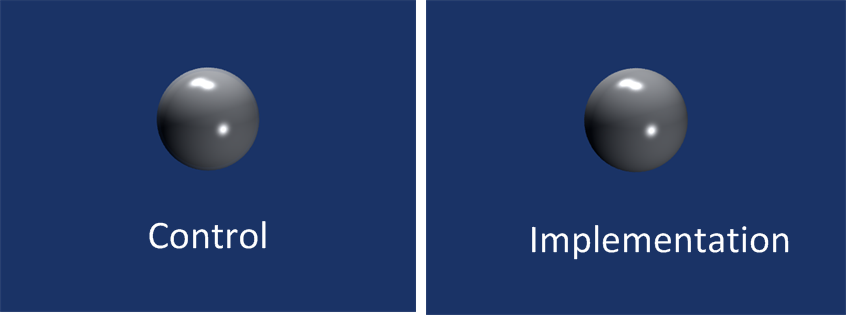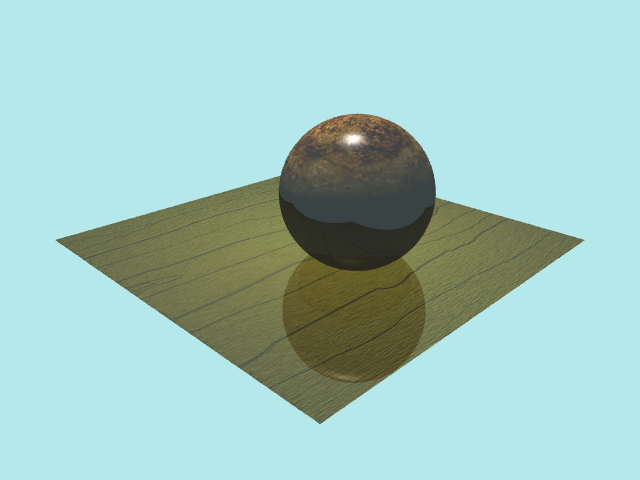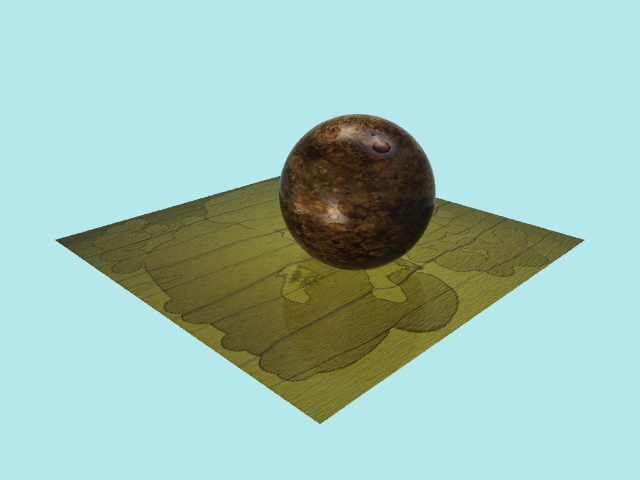For our research topic, we chose to investigate the method for rendering realistic looking “wet” images using ray tracing.
As water is introduced onto environmental objects, it changes the look, or material properties, of the geometry that is in contact with it, and this is what we will be trying to implement.
Up until this point, we have progressively made images look visually more realistic. We wanted to take it even further by investigating how to mathematically simulate a real looking wet environment without using texture mapping to imitate a wet look. The simulation of wet environments also seems pretty complex, since multiple environments are changed differently with the presense of water. For example, when you wet paper, it becomes semi-transparent and dark, but when you wet an object such as a rock, it becomes dark and shiney without losing its opaque properties.
There are two conditions present that allow for the simulation of wet looking geometry: surface and subsurface models. A rendered object uses a combination of the two to simulate a layer of water on the surface, as well as one beneath. Surface modeling deals a lot with our reflection/refraction illumination model. In this model, there is a thin layer of liquid film between the air layer and the material on the object. As the light hits the air/liquid surface, it reflects away, as well as refracts into the water. The light will continue to travel inside of the water layer until it hits the water/material layer, where it refracts again into the material. The multiple refractions cause the light energy to be absorbed, which causes the surface to appear darker.
Subsurface modeling, known as subsurface scattering, is used to simulate the scattering of light on the material properties. This also simulates the look of a material as it absorbs liquid. As the light bounces underneith the surface layer, it loses light energy, reducing the objects reflectivity. The material of the object will also play an important part in the amount of scattering beneath the surface due to the refractivity when going between the water/material layer. The lower the refractivity, the more scattering events occur, causing more energy absorbsion.
Different models and techniques that can be used:



Hecht, Eugene (2002). Optics (4th ed.). Addison Wesley.
Watkins, “Fresnel Equations.” InYourFaceFotos.com
Jensen, Henrik Wann, Justin Legakis, and Julie Dorsey. “Rendering of Wet Materials.” http://graphics.ucsd.edu/~henrik/papers/rendering_wet_materials
Nakamae, Eihachiro, et al. “A Lighting Model Aiming at Drive Simulators.” Computer Graphics, Aug. 1990: 24. Print